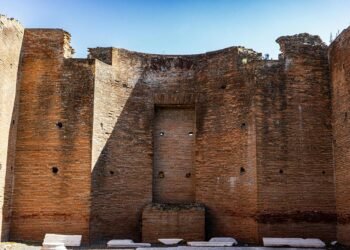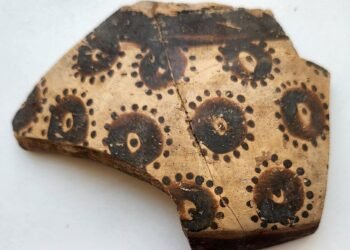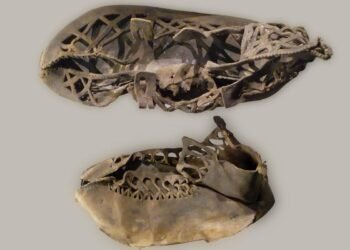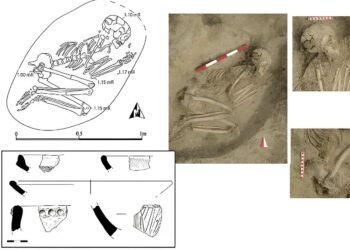Archaeological excavations conducted during the renovation of the stone pavement surrounding Dubrovnik’s iconic Onofrio’s Fountain in the historic core of the city have unveiled significant historical remnants. The discoveries include the remains of a substantial city cistern believed to date back to the 14th century, predating the construction of the water supply system.

Located in the heart of Dubrovnik’s historic district, the Great Onofrio’s Fountain, built in 1438 by Italian architect Onofrio della Cava, has long been a symbol of the city’s architectural heritage. Despite suffering damage during the 1667 earthquake, the fountain retains its allure, with 16 carved masks still visible, dribbling water into a drainage pool.
The recent excavation, just 30 centimeters below the stone pavement, uncovered the vault of the city cistern, a structure previously known only from archival records. Nela Kovačević Bokarica, the archaeological supervisor, noted, “The earliest preserved information about the existence of a public cistern at this location dates back to the late 14th century. It is also known that it came under the jurisdiction of the St. Clare monastery in the late 15th century and underwent extensive renovation at that time.”
This discovery provides tangible evidence of a public cistern preceding the Dubrovnik aqueduct, offering insights into the city’s water management system and societal organization during the medieval period. The cistern’s surface extends beyond the excavation site, suggesting a depth of approximately 5 meters.
The archaeological findings were anticipated given the nature of the renovation works, ensuring no delays in project completion. Mihaela Skurić, director of the Dubrovnik Restoration Institute, highlighted the need to adjust the project design to accommodate the archaeological discoveries. “We are revising the project design to account for the shallowness of the finds and ensure the stability and durability of the new pavement,” Skurić stated.
Dubrovnik Mayor Mato Franković emphasized the significance of these discoveries, stating, “These findings provide significant insight into the history of Dubrovnik, and especially into the development of its infrastructure.” The rehabilitation project, initially planned in 2020 but delayed due to funding constraints during the Covid pandemic, has now unveiled a crucial piece of Dubrovnik’s past.
To preserve the newly unearthed cistern, measures will be taken to cover and protect it with geotextile before reinstalling the stone pavement.























